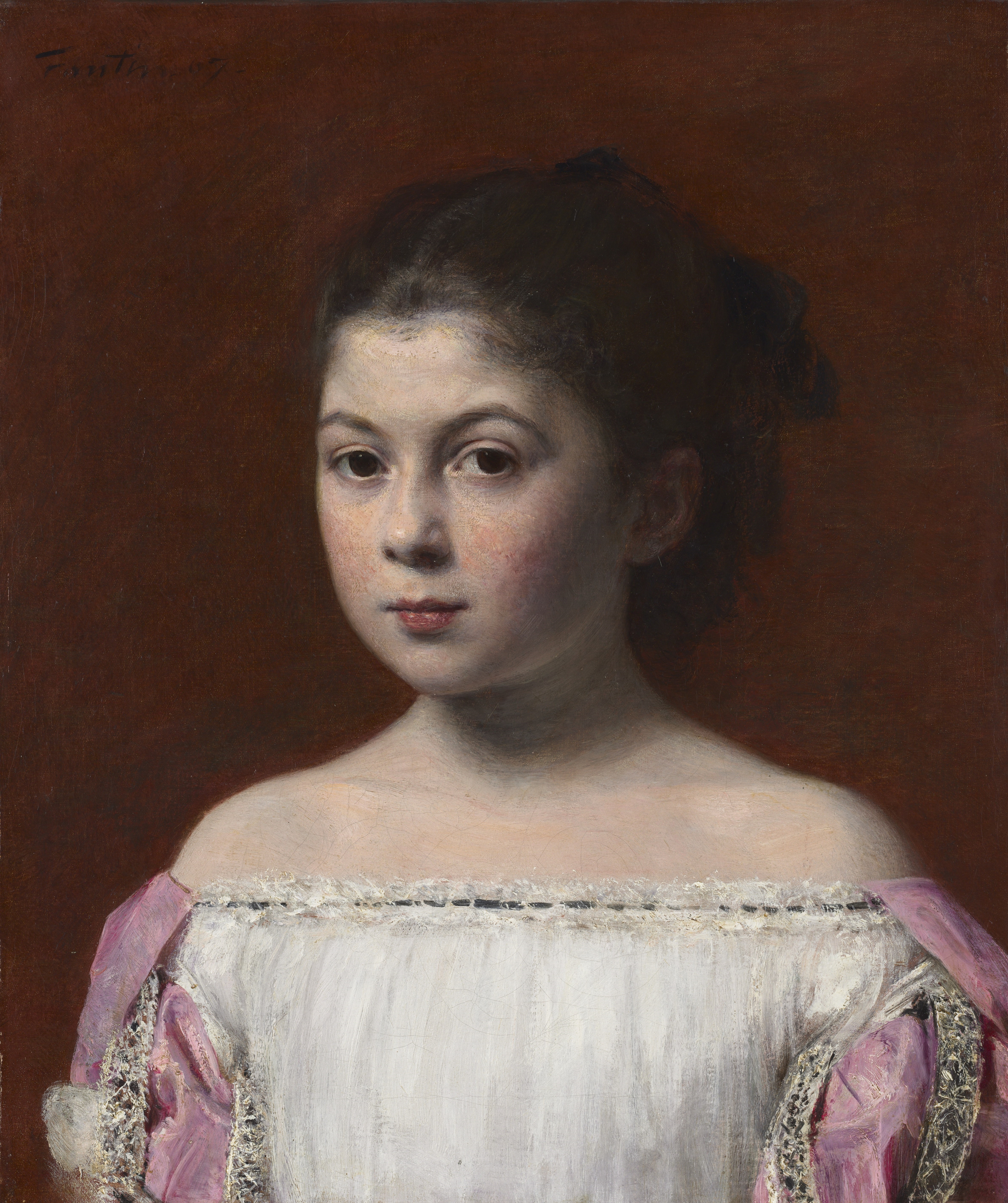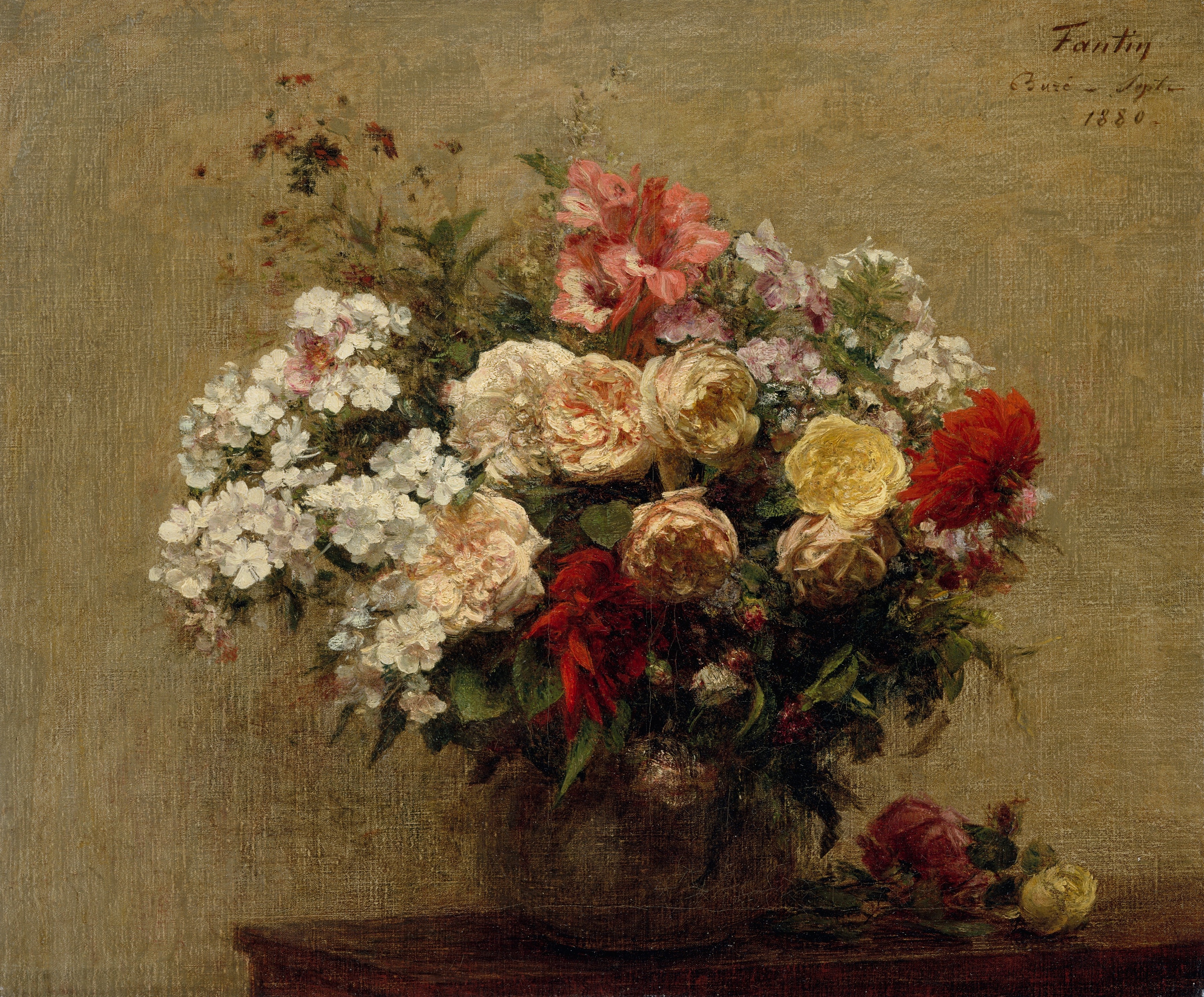Vladimir Pervuninsky / Владимир Первунинский was born in the Russian town of Chelyabinsk. Recognized at an early age for his artistic talent, he went on to attend the Omsk Pedagogical Institute, where he majored in painting and graphics.
Vladimir, in search of a more focused and complete training, set off for Moscow, where he was accepted into the acclaimed V.I. Surikov Moscow State Art College. There, he studied under the tutelage of the well-known academician D.M. Mochalsky.
Vladimir, always, was fascinated by Impressionism and Belle Epoque painting, the strict curriculum of the Soviet Ministry of Culture allowed no latitude for students or instructors to stray from the state sanctioned style of Socialist Realism.
Despite these restrictions to his personal style, Vladimir’s work flourished under the Soviet System and he gained entry to the Union of Artists, the official Soviet umbrella system.
With the Union, he participated in All-Union, Republic, and Moscow exhibitions, as well as the Urals Exhibition in the town of Kurgan in 1992, the exhibition "Landscape of Russia" in 1989, and the "Memorials of the Motherland" exhibition of 1990-1991.
During the dissolution of the Soviet Union, Vladimir took advantage of the loosening regulations on travel and went to Paris. There, he was exposed to a wider variety and more expressive type of painting than he had experienced in Russia.
Over time, he incorporated a more gay, light Salon style to his compositions, using the works of the La Belle Epoque painters of the turn of the century for inspiration.
His work was very well received in Paris and throughout Europe, and Vladimir began to exhibit and sell his paintings in the annual Parisian art auctions at Arcole.
He now enjoys enormous popularity in Europe, and particularly Vienna, where the artist resides.
Vladimir’s paintings executed in an Impressionist manner, call to mind eras past.
His paintings engage the viewer in scenes from the last century, and transport one to the streets of Old Moscow, the rivers cafes of turn-of-the-century France, and the Grand Balls of nineteenth century Vienna. His use of color and light creates paintings of an unusual and rare beauty.
His works can be found in private collections throughout Russia, Europe and America.
Vladimir Pervuninsky / Владимир Первунинский è nato nella città russa di Chelyabinsk.
Riconosciuto in tenera età per il suo talento artistico, ha continuato a frequentare l'Istituto pedagogico di Omsk, dove si è specializzato in pittura e grafica.
Vladimir, alla ricerca di un addestramento più mirato e completo, partì per Mosca, dove fu accettato nell'acclamato V.I. Surikov Moscow State Art College. Lì, ha studiato sotto la guida del noto accademico D.M. Mochalsky.
Vladimir, da sempre, era affascinato dall'impressionismo e dalla pittura di Belle Epoque, il rigoroso curriculum del Ministero della Cultura sovietico non consentiva a nessuno studente o istruttore di lasciare spazio allo stile sanzionato dallo stato del realismo socialista.
Durante lo scioglimento dell'Unione Sovietica, Vladimir approfittò delle allentati normative sui viaggi ed andò a Parigi. Lì, fu esposto ad una varietà più ampia ed un tipo di pittura più espressiva di quanto avesse sperimentato in Russia.
Il suo lavoro è stato accolto molto bene a Parigi e in tutta Europa, e Vladimir inizia ad esporre e vendere i suoi dipinti nelle aste d'arte parigine annuali ad Arcole.
Ora gode di enorme popolarità in Europa, ed in particolare a Vienna, dove risiede l'artista.
I dipinti di Vladimir eseguiti in maniera impressionista, ricordano il passato.
I suoi dipinti coinvolgono lo spettatore in scene del secolo scorso e ne trasportano uno per le strade della vecchia Mosca, i caffè dei fiumi della Francia di inizio secolo e le Grand Ball della Vienna del XIX secolo.
Il suo uso del colore e della luce crea dipinti di una bellezza insolita e rara. Le sue opere sono presenti in collezioni private in Russia, Europa ed America.





























